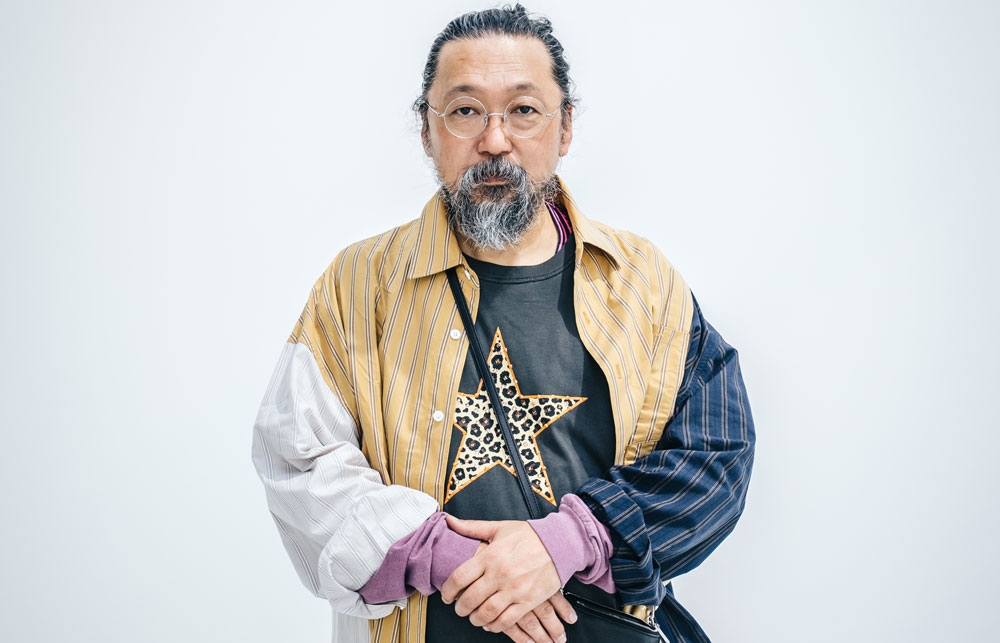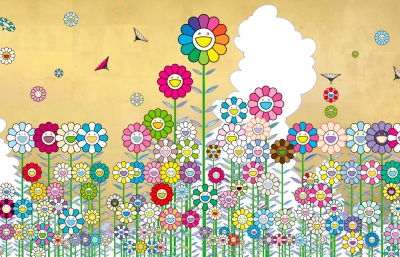This particular show, Unfamiliar People — Swelling of Monsterized Human Ego, has a theme of man and technology, the virtual world as you see it. I find that quite interesting given that this show is in San Francisco, the symbolic heart of technological revolution. Did you consciously want to make this show about living in the digital age when you brought it to San Francisco? Or was that a happy accident?
I had been discussing my exhibition with the curator, Laura Allen, since before the pandemic. At that time, in 2019, we were talking about focusing mainly on the relationship of my work with Japanese and Asian art at the Asian Art Museum.
We then entered the pandemic, however, and the exhibition's future was in jeopardy. But Laura kept in touch with me, and our conversations started to shift towards exploring what the vision after the pandemic might be. When I completed my new painting, Unfamiliar People, Laura, who saw it on my Instagram, said, "This is it!" and chose it as the key image for the exhibition.
The concept of Unfamiliar People is that right after the pandemic started, we didn't know who had COVID-19, and we started living each day uneasy about our neighbors, people on the train, or those sitting next to us at work, all of whom have become full of suspicion on their own. Our relationships with one another have been transformed by bloated delusions. I caricatured the situation and painted them as portraits.
Laura has since said that the most important thing about the exhibition might be to convey "something brand new and timely as experienced by Murakami," which she felt she saw in my Instagram posts, so picked up NFTs, portable games, and the portrait series, among others. Even now, here we are in June 2023 as we speak, and the content of the exhibition continues to change slightly so that it is being kept up-to-date until the last possible minute. I believe it’s Laura's endless interest in the question, "What is ‘now,’ what defines the post-pandemic world?” that's the driving force behind this exhibition, more than San Francisco as its location.













